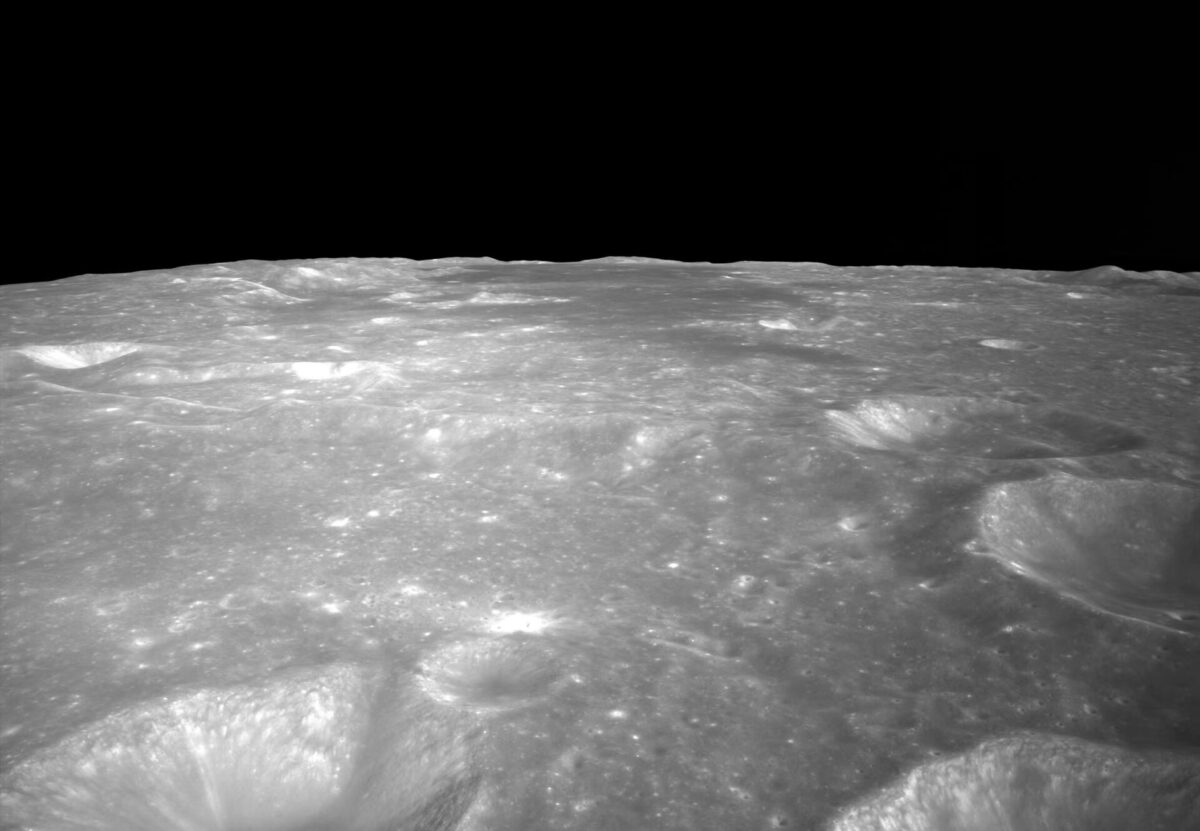China’s Moon Probe

The Chinese space program recently achieved another milestone as its Chang’e-6 probe landed on the Moon’s far side, specifically in the South Pole-Aitken Basin. This mission aims to drill into the lunar soil, known as regolith, to collect samples.
This mission follows five successful lunar missions, including Chang’e-4, which established a weather station on the Moon’s far side, and Chang’e-5, which brought back lunar samples from the polar region—the first since the Apollo missions.
The Apollo Crater, where Chang’e-6 landed, contains some of the Moon’s oldest regolith, estimated to be around 4 billion years old.
Chang’e-6 includes an orbiter, lander, ascent vehicle, and re-entry module. The lander’s mechanical drill arm will collect samples, which will be sent back to Earth via the ascent vehicle, orbiter, and re-entry module. Communication with the probe will be managed through the Queqiao-2 satellite, as direct communication with the Moon’s far side is not possible. If successful, China will be the first nation to land and sample on the far side of the Moon.
Chang’e-6 is the final sample-return mission in the Chang’e series. Future missions, Chang’e-7 and 8, will focus on in-situ experiments to support a permanent Chinese robotic base on the Moon.
The Chinese space program has made significant progress in the last six years. Chang’e-4 and 5 were complete successes, and the CNSA also successfully sent its first orbiter, lander, and rover to Mars on the first attempt. It is hoped that the study of these samples could help scientists solve mysteries about the hemisphere of the moon that permanently faces out into space.